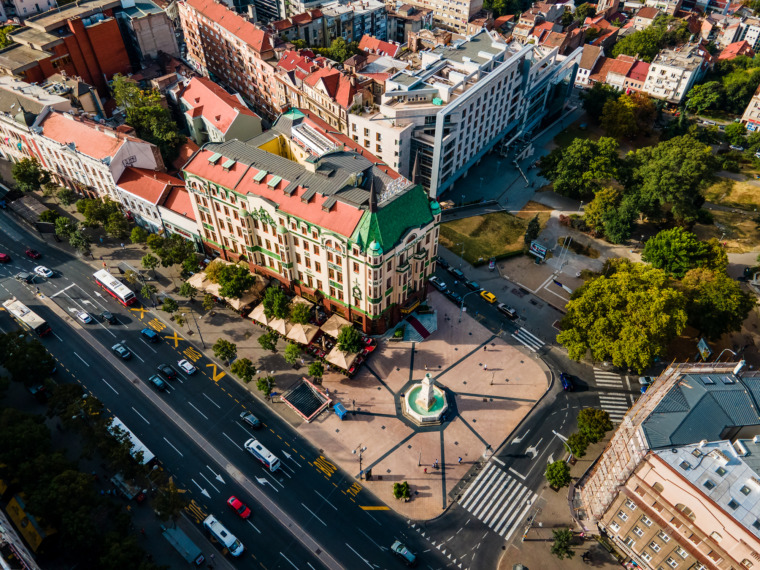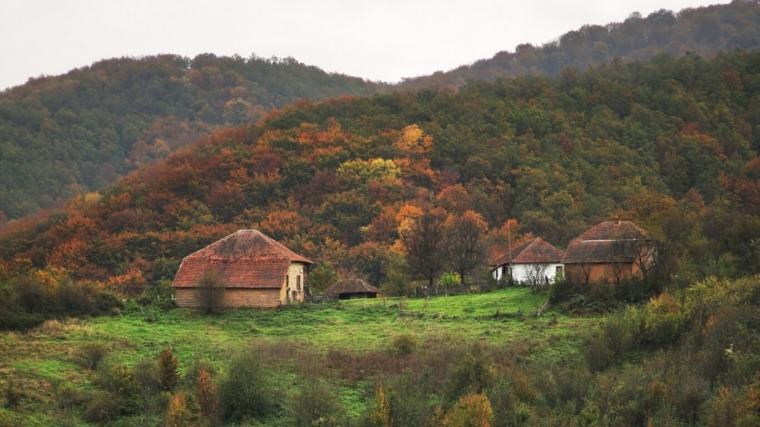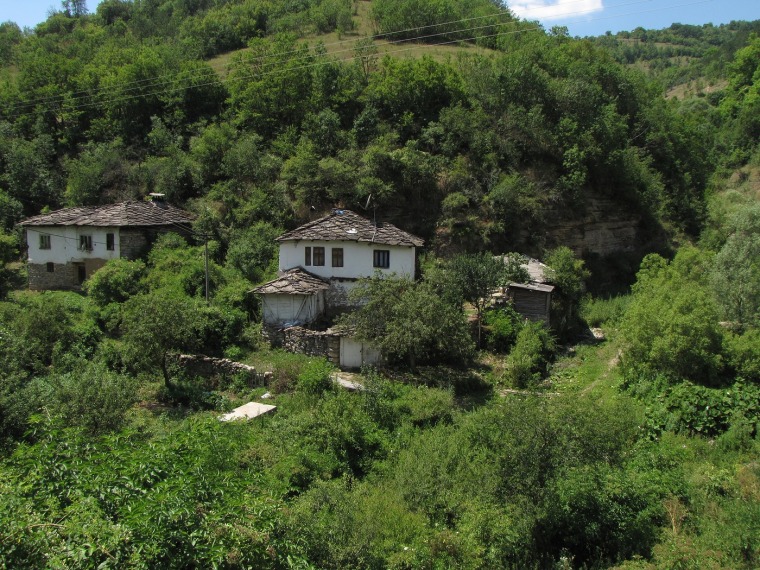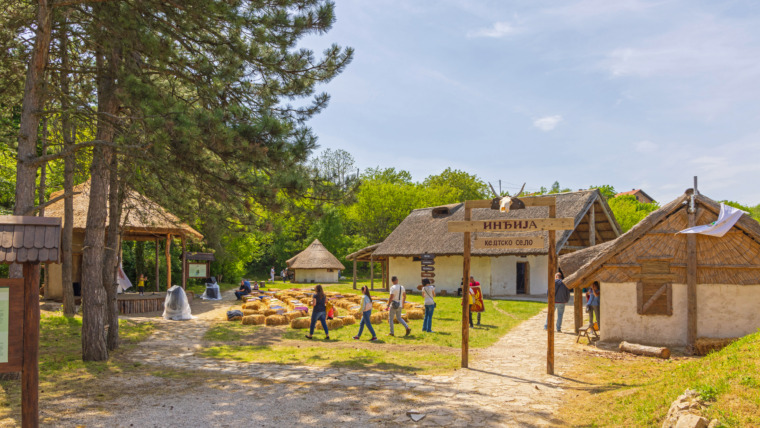
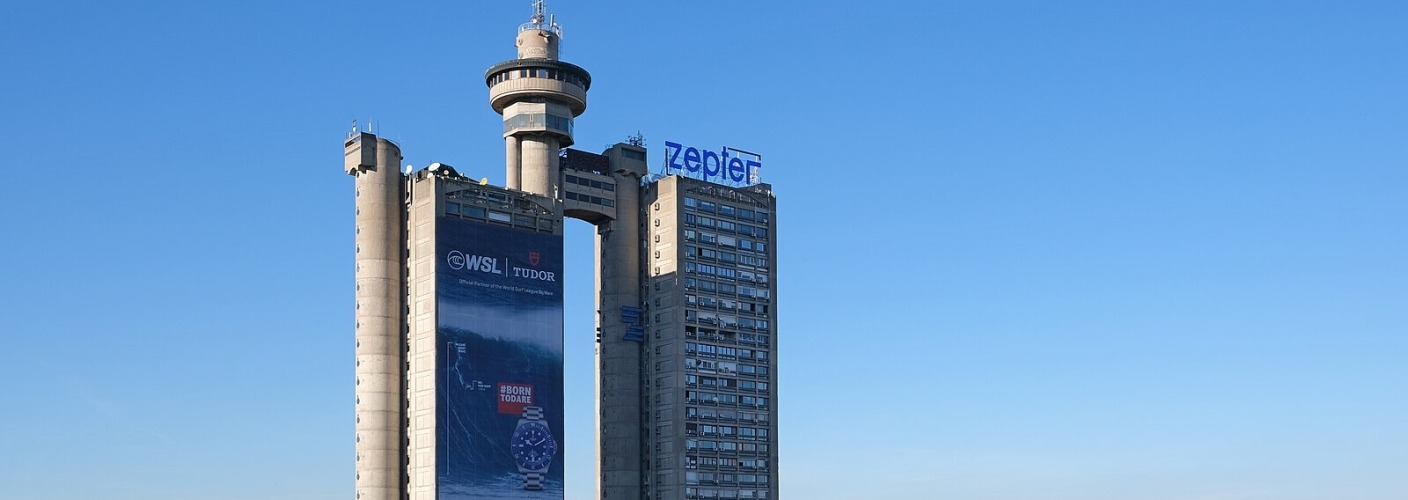
Rising above the New Belgrade skyline, Genex Tower – also known as the Western City Gate – is one of the most striking and polarizing buildings in Serbia. Built in 1977 and completed in 1980, this 35-floor twin-tower complex was designed by architect Mihajlo Mitrović in the brutalist style. Originally intended to welcome visitors entering Belgrade from the west, the structure quickly became an unofficial symbol of socialist modernism and Yugoslav architectural ambition.
A Tale of Two Towers
The complex consists of two towers: one residential and one commercial (originally intended for the Genex export-import company), connected by a two-story skybridge and capped with a revolving restaurant that no longer functions. At 115 meters tall (135 meters with the antenna), it was once the tallest building in the Balkans.
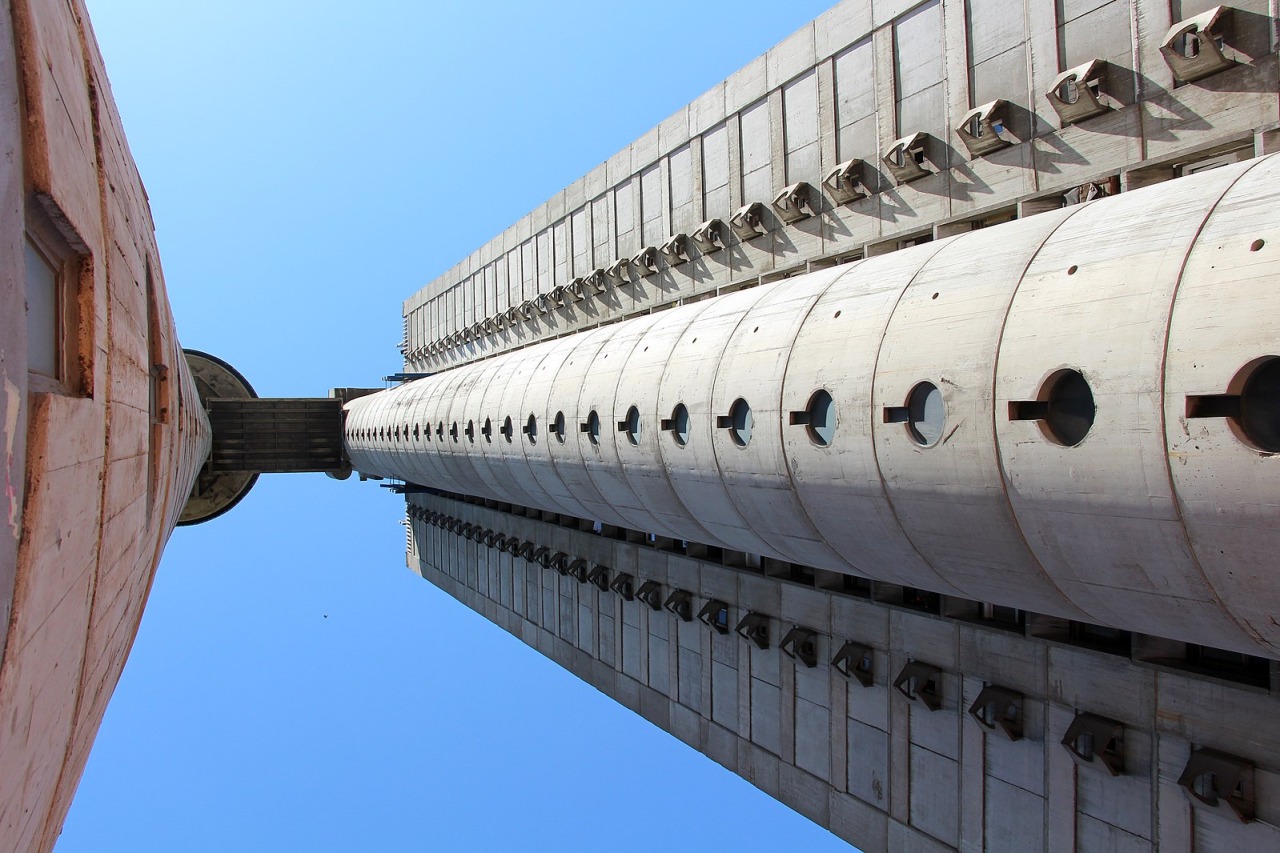
Brutalism That Dared to Dream
Genex Tower is a rare example of architectural bravery. Its brutalist concrete structure, unique form, and symbolic function made it stand out even during Yugoslavia’s golden era of design. For decades, it was a subject of both admiration and criticism. Internationally, it is celebrated by architects and urban explorers as one of the boldest buildings in Eastern Europe.
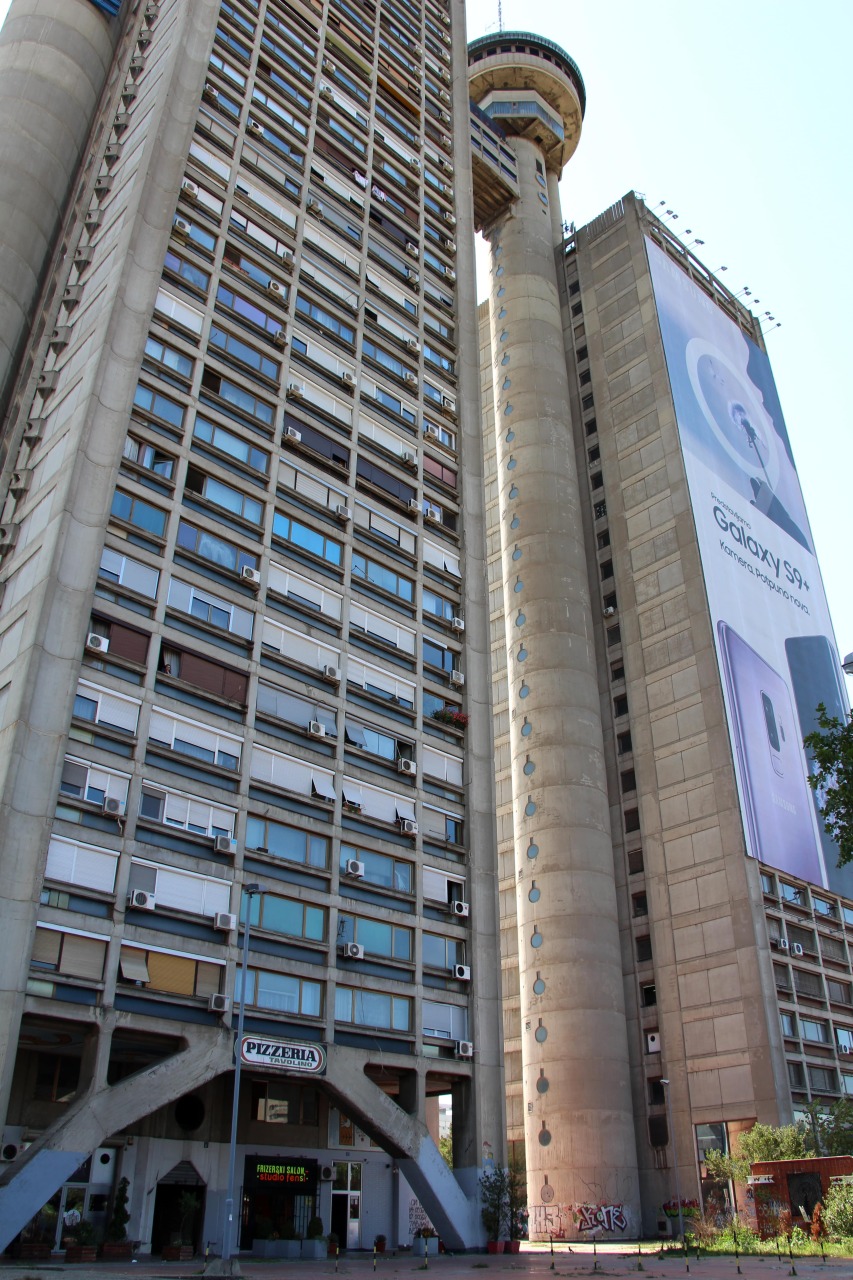
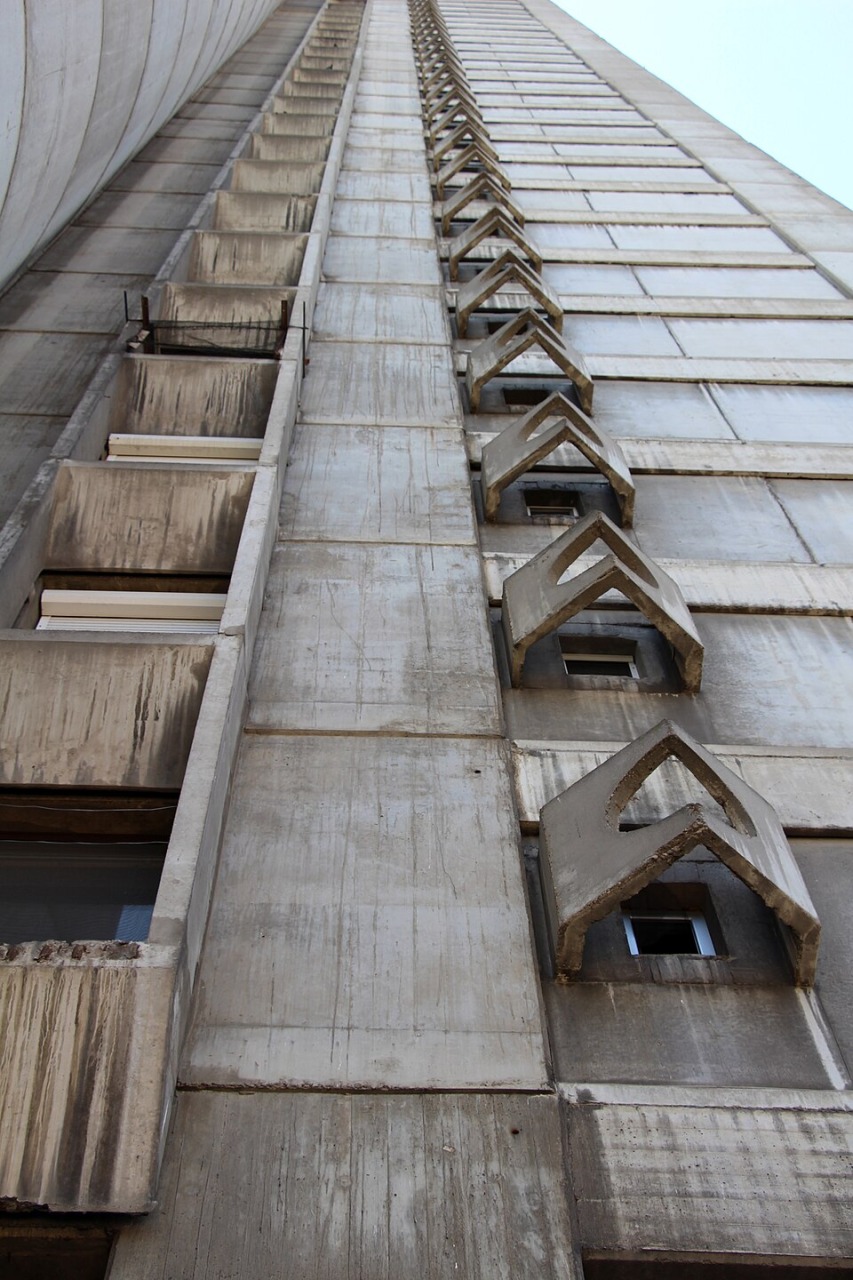
Past Glory, Present Struggles
Once a proud symbol of progress, Genex Tower today stands in stark contrast to its original purpose. The commercial tower is mostly abandoned, the restaurant is closed, and the structure shows signs of decay. However, its residential tower remains inhabited, and efforts to protect it as cultural heritage have gained traction.
Interesting and Lesser-Known Facts About Genex Tower
🌀 The Rotating Restaurant That No Longer Spins
At the very top of the tower once stood a rotating restaurant, a rare architectural feature even globally. It completed a full circle in about an hour, offering panoramic views of Belgrade. Unfortunately, it stopped operating in the 1990s due to technical and economic issues.
🌉 The Bridge Was Designed to Symbolize Unity
The two towers are connected by a skybridge on the 26th and 30th floors. Architect Mihajlo Mitrović intended it to symbolize connection between people and functions – business and private life.
🏙️ Once the Tallest in the Balkans
Genex Tower held the title of tallest building in the Balkans until the 1990s. Even today, it’s among the tallest residential buildings in Southeast Europe.
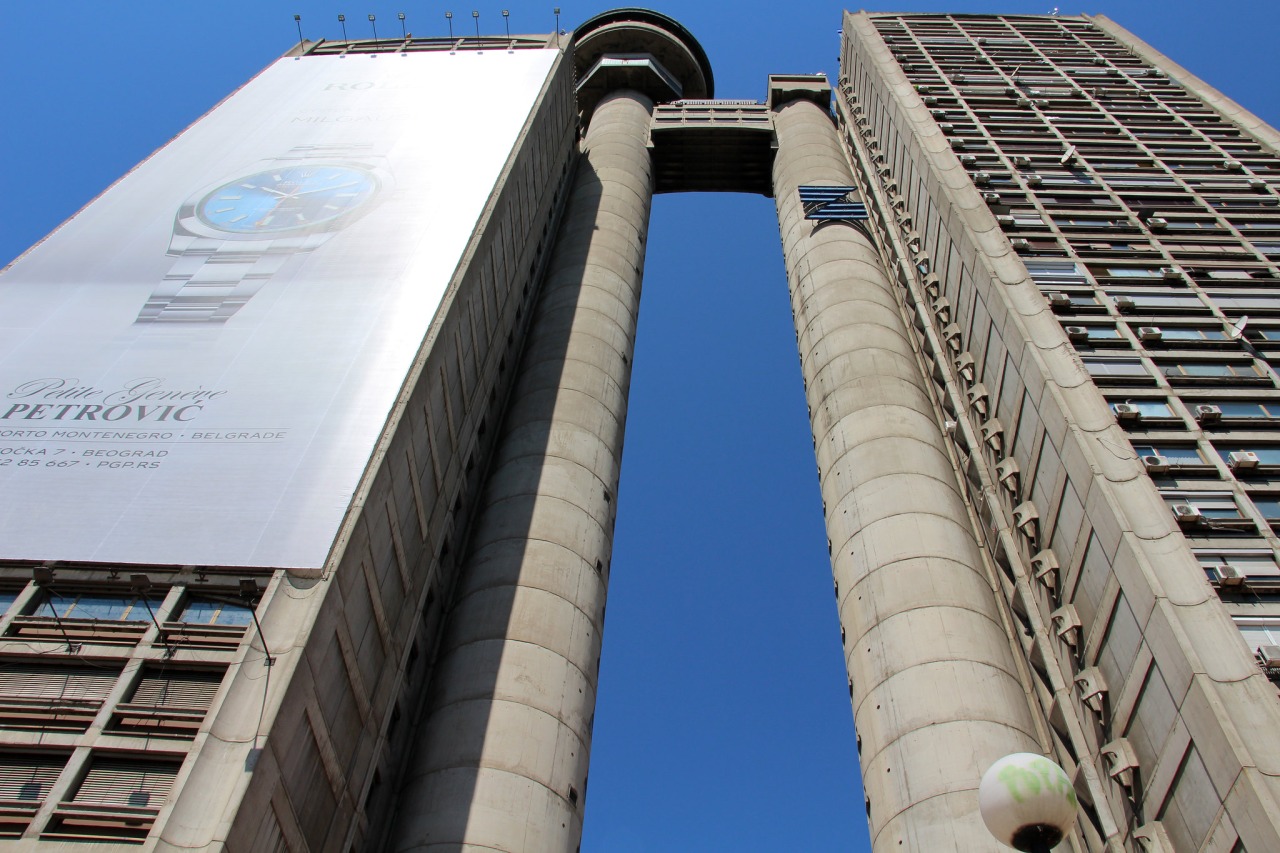
🧱 Inspired by Machines and Nature
Mitrović once said that the tower’s circular forms were inspired by natural elements and turbine mechanics, reflecting the age of industry and optimism.
📸 Photographers’ and Urban Explorers’ Favorite
Despite its neglected condition, Genex Tower is a cult object among photographers, filmmakers, and urban explorers, often featured in international documentaries and brutalism-themed art projects.
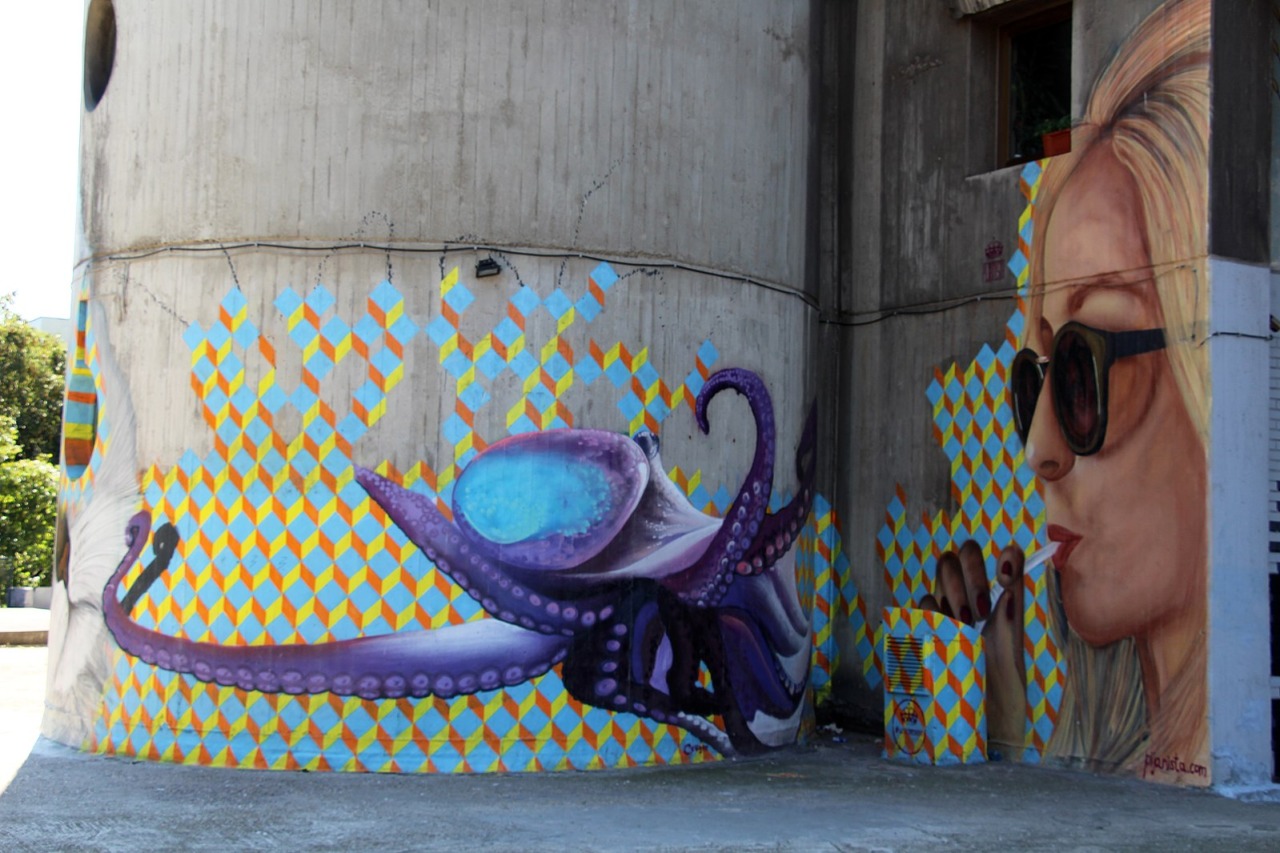
🧠 Recognized by Experts, Ignored Locally
In 2016, The Guardian listed Genex Tower among the brutalist masterpieces of the world, while in Serbia, debates still continue whether it is an eyesore or a treasure.
Why It Still Matters
Genex Tower is more than just concrete – it’s a mirror of an era, a cultural reference point, and a monument to bold architectural ideas. Its towering silhouette still welcomes (or shocks) those arriving in Belgrade, challenging us to remember and rethink what symbols mean in the urban space.
Featured photo: kallerna, CC BY-SA 4.0 https://creativecommons.org/licenses/by-sa/4.0, via Wikimedia Commons
Related Articles


A Russian in Serbia – Where Tradition Meets Familiar Warmth
October 22, 2025

